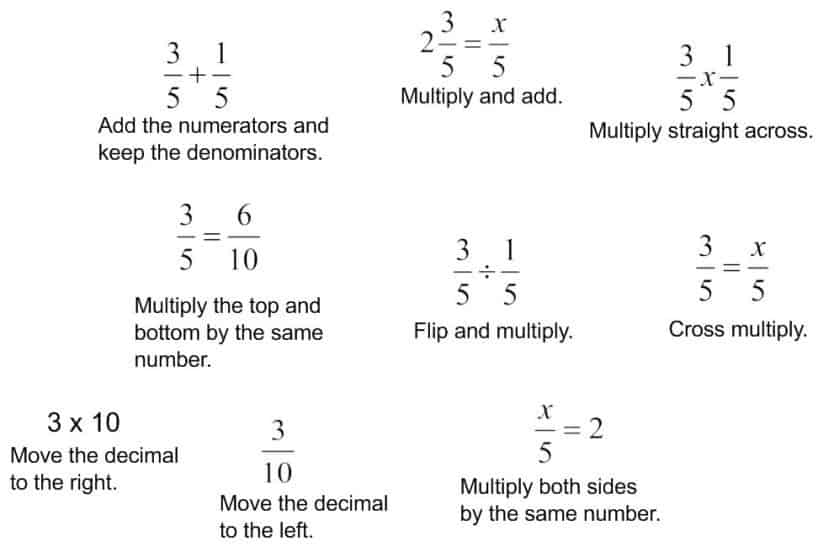While the teacher in the classroom has been singled out as the primary determinant for student success, high-quality instructional materials (HQIM) can help teachers understand the focus and details of their content. Classrooms where HQIM are the norm also provide students with advantages. HQIM are particularly important for achieving shifts in expectations associated with the Common Core State Standards (CCSS). Whether I am reviewing instructional materials for my own students, for my district, or as a contract reviewer, I always double-check related standards for nuanced deviations. Extraneous, erroneous, and missing content can confuse teachers about what is important, affecting the quality of instruction students receive.
HQIM Can Help Meet College- and Career-Ready Goals
A few states like mine (Missouri) voted out the Common Core State Standards (CCSS) for political reasons. In general, those rewriting standards maintained most of the detail and alignment of the CCSS, but good standards didn’t immediately translate into HQIM. Many publishers changed little beyond the sticker on the front of their textbooks. Teachers who were aware started making their own. Much of their work was creative and engaging, but some of their creations, along with many published materials, reflected an incomplete understanding of the standards and inadvertently contributed to the political uproar. Good resources for teachers and parents can avoid these issues.
HQIM Can Help Compensate for Poor Standards
In many ways, HQIM can compensate for poor standards. For example, Missouri Algebra 2 standards writers essentially removed all practical applications from the CCSS, leaving little more than a list of procedures to memorize. Selecting HQIM materials with rich problem-solving tasks, modeling, and explorations can address procedural fluency to meet Missouri standards and yet provide meaningful learning experiences. Unless teachers see examples of HQIM, though, it might be difficult for them to understand what their students are missing. Those students will have disadvantages in terms of relevance (affecting motivation) and higher order analysis found in multi-dimensional contextual problems (21st Century skills).
HQIM Can Clarify Content, Strengthen Understanding, and Build Coherence
Minor variances in state standards don’t necessarily distract from the CCSS goal of preparing students for college and 21st Century careers. However, in some districts, the intent of the CCSS has become muddled because the instructional resources are not aligned. Breaks in vertical alignment, insufficient connections, and weak spiraling within and between grades can result in gaps in student understanding. Curriculum in lower grades might not connect addition with measurement and data. Middle school teachers might not understand fractions conceptually and tell their students to turn them all into decimals or “just” memorize. Skipping over conceptual understanding work can cause confusion and create gaps in students’ knowledge that will affect future math work.

Deficiencies with fractions may impede success with Algebra. Algebra teachers may confuse sequence equations vs. functions. Unless instructional materials are aligned, that confusion is likely to persist.
HQIM Align with Today’s Standardized Math and Science Assessments
Many veteran teachers in the US learned math as memorized steps, and many of the topics we learned have disappeared from standardized tests, such as ACT, AP, and SAT. The Next Generation Science Standards also align with CCSS. Instead of emphasizing what students encounter on standardized tests and apply in their science classes, teachers who are not aware of the Shifts may teach entire units that divert focus from important concepts. When math taught in science lessons supports what students learn in math lessons and vice-versa, learning becomes efficient. Students who learn math through rich problem-solving experiences also tend to have better long-term retention and report higher motivation in learning.
HQIM Develop Pedagogical Skills
In the past, “modeling” was related to word problems or something a teacher does to explain but “modeling” in the CCSS is different. Students with experience in CCSS modeling have the advantage of being able to apply mathematical thought processes to non-traditional problems and emerging technological contexts. However, learning to coach students through modeling problems is an entirely different skill than direct instruction. HQIM can guide educators to do this effectively.
Identifying HQIM
Students who master problem-solving skills are in high demand for new and emerging careers: privileged positions. Ed Reports has a growing list of instructional materials that are well aligned to the CCSS. There is every reason to believe we can level the playing field for all. Let’s do it!

















Teach to standards and not to time.